Topical Application of Essential Oils
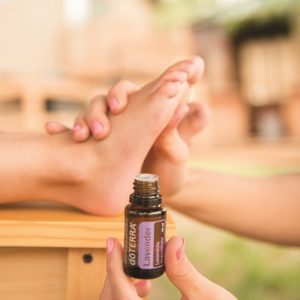
Welcome back to “Essentially, Oils!”
Before I jump into using essential oils to treat anxiety, depression, and digestion (NEXT post!), I need to explore one more topic: how to safely and effectively apply essential oils to your skin. The following information will change the way you think about essential oils. Guaranteed.
When essential oils are applied to the skin, they are able to enter the bloodstream and cause systemic effects (circulate throughout the body). This is because they are fat-soluble, and while the skin does not absorb water (think bathing or swimming), it does absorb oil (think lotion, oils).

Where to apply
The most effective and common locations to apply essential oils include: soles of the feet, behind the ears, neck, abdomen, upper back, temples, and along the spine. (Sensitive areas such as near the eyes, inner ears, and open skin should be avoided due to irritation.)
The soles of the feet?? Yes. Here’s why:
- Less irritation – the skin on the bottom of your feet is typically tougher and less sensitive than other parts of your body so the oils are less likely to provoke an adverse reaction.
- No sebum – the only two places on your body without sebaceous (oil) glands are the palms of your hands and the soles of your feet. Sebaceous glands produce sebum, which is an oily substance that lubricates your skin and basically makes it waterproof. Since there is no sebum present on the palms and soles, the skin is more likely to absorb applied oils.
- Bypass the liver – the liver (the great detoxifier!) processes all chemicals, toxins, and particles that enter the body – except those entering through the soles of the feet, which reach only the lower bronchial capillaries. This means the oil will not be filtered out of the body’s circulation.
If a person has especially callused feet and oil application does not seem to be working, try the other parts of the body mentioned above.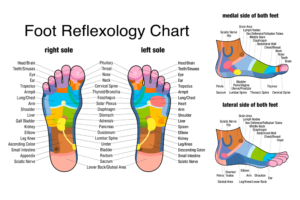
How to Apply: Neat Application
“Neat” application refers to applying essential oil directly to the skin without a carrier oil. You must consult either the bottle or an essential oil book or reference to determine if this is safe. Some oils are fine to apply neat, while others are too potent and will cause significant skin irritation. Do not ever use a neat application on babies or young children or on sensitive skin in any adult.
How to Apply: Carrier oils
Essential oils are commonly applied with a carrier oil.
- As mentioned in my last post, (http://heathersholistichealthcoaching.com/725-2/), essential oils are volatile and evaporate quickly. By diluting in a carrier oil, it prevents evaporation and facilitates optimal absorption.
- Since dilution with a carrier oil dilutes the potency, this reduces the likelihood of skin irritation.
Common carrier oils:
- Coconut oil: this is definitely the most versatile and preferred carrier oil. Look for fractioned coconut oil when using topically – this is coconut oil that is liquid at room temperature, which makes application so much easier.
- Jojoba oil: great for use on very dry or very oily skin to create balance
- Magnesium oil: fantastic for promoting relaxation. Use it with lavender to reduce stress and promote restful sleep.
- Arnica oil: effective for treating bruises, pain, and inflammation
- Shea butter: the best choice for moisturizing skin and promoting a youthful glow
- Argan oil: works to firm, tone, and tighten aging skin
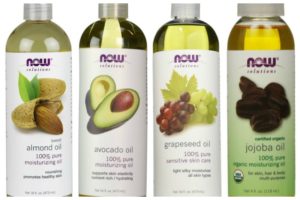
Dilution Ratios
Infants: 1 drop essential oil: 1 TBSP carrier oil
Children: 1-2 drops essential oil: 1 TSP carrier oil
Adults: 3-6 drops essential oil: 1 TSP carrier oil
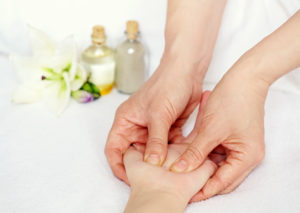
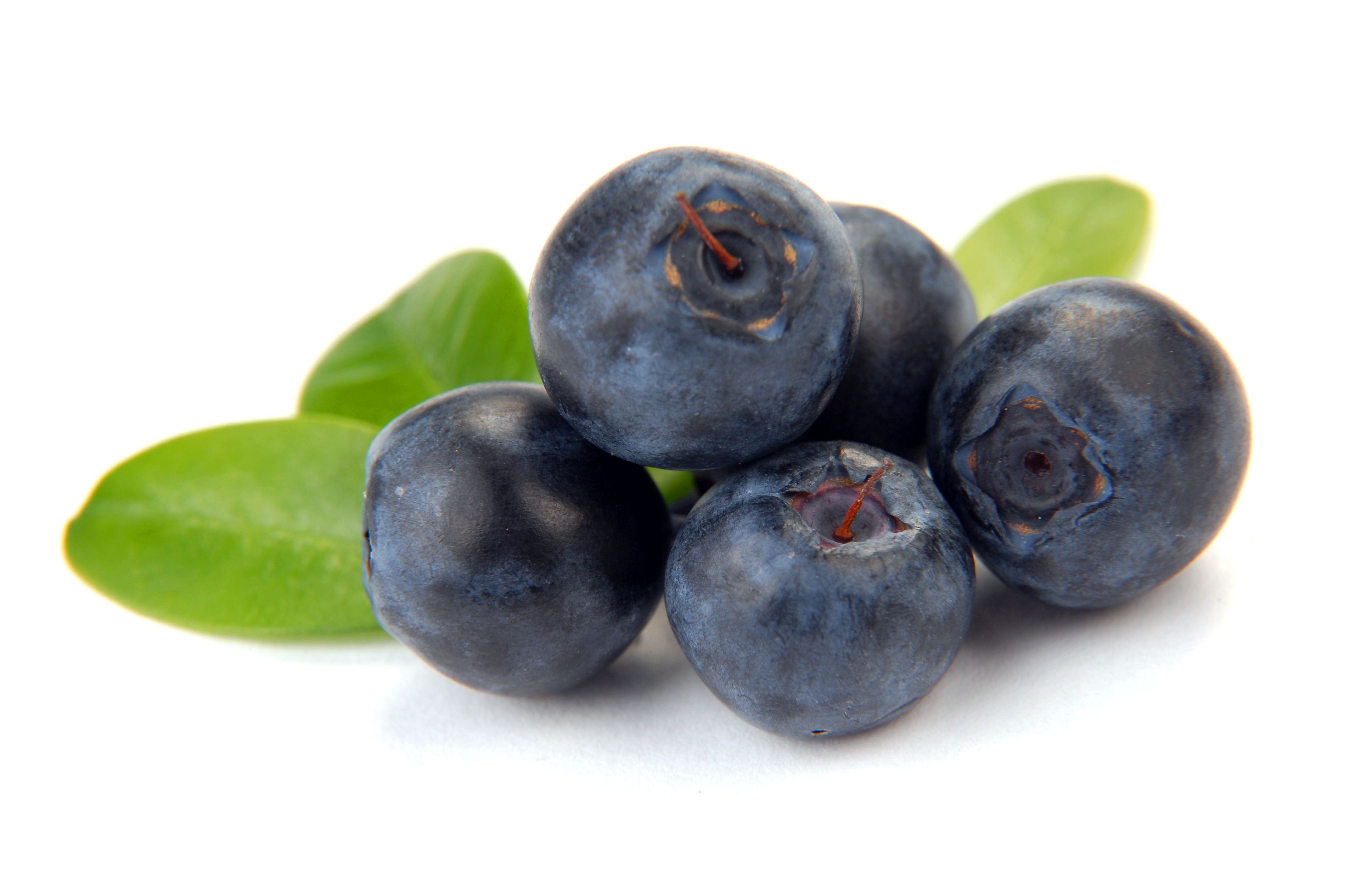
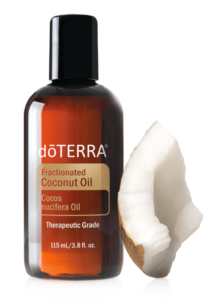
Thanks for the great information Heather! Aromatherapy and Essential Oils are often looked over for health alternatives!
Agreed! I have had many health-related successes with essential oils!